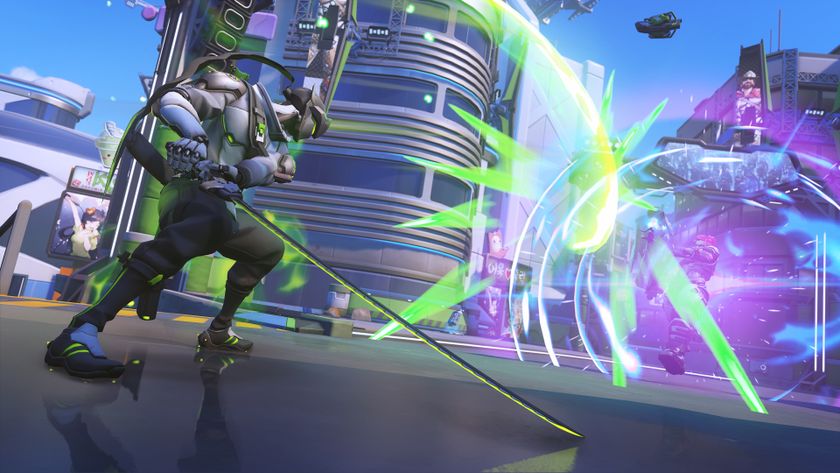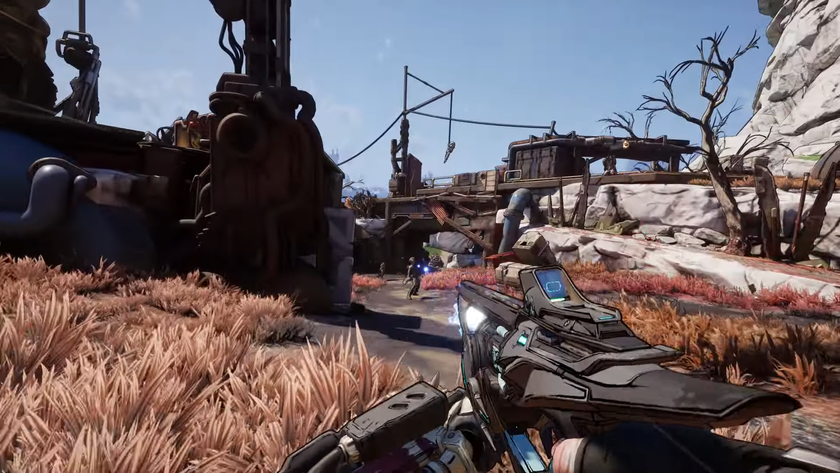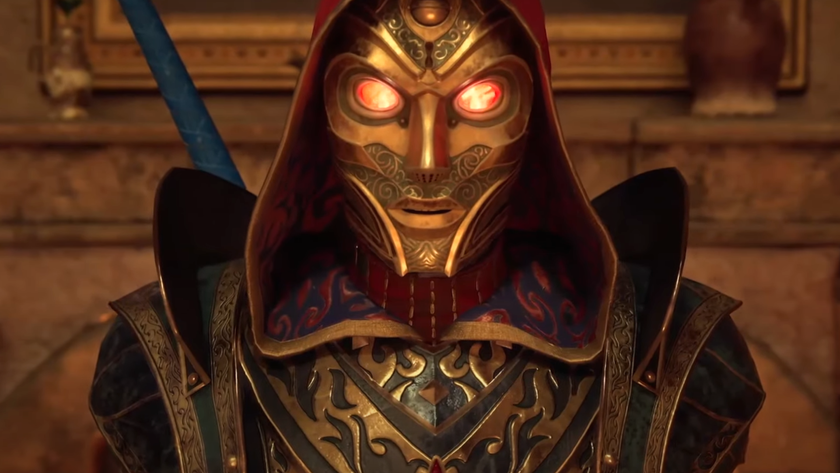Killing Floor 2 guide: 10 tips for being a better zed killer
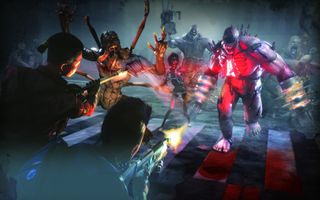
We write about FPSes each week in Triggernometry, a mixture of tips, design criticism, and a celebration of virtual marksmanship.
Killing Floor 2 Early Access is going up on Steam shortly, so I’m taking a moment to lay out some tips for incoming players, stuff that will help you stay alive, earn as much dosh as possible, and fight further on higher difficulties.
Aspects of Killing Floor 2, from weapon balance to map layouts, changed during the beta, and are bound to change even more. For that reason I’m holding off on recommending too many specific tactics, since their effectiveness could wane in a matter of weeks. For now, consider these guidelines for effective play based on my time in the KF2 beta.
Defend where your teammates aren’t. It’s so obvious I shouldn’t have to write it, but I’ve seen plenty of new and novice players make this error. When a fresh mob of zeds appears, it’s tempting to focus your attention there and help them out. Resist this urge. The best Killing Floor 2 teams have discipline, and monitor all nearby spawn points and entryways equally. If every player abandons their post to put out a single fire, you’ll open the door for zeds to surround you.
If your job is to watch the lower ramp entrance, don’t deviate from that unless your teammates are truly overwhelmed, or you’re all ganging up on a high-level zed (like a Scrake or Fleshpound). Kill-stealing wastes ammo and loses fights. Trust your teammates to get the kills that are in front of them.
Wait for Kevlar. The first couple rounds of an average (7-round) game are warm-ups. They’re an opportunity to build economy and get acquainted with your team as you fend off waves of lesser zeds. An average Medic can keep six people patched up during these initial waves without worry. By delaying an armor buy, you’re saving yourself at least $300, money that will probably allow you to upgrade your primary weapon a round earlier.
You also don’t want to miss out on the possibility of picking up free armor that’s spawned in the level. And with the current Medic perk, level 10 Medics can restore a small amount of armor with each heal. For free. Put off buying armor as long as you safely can—likely wave four, depending on difficulty and team composition.
Melee is free. If you’re really focused on winning, use your melee weapon as much as possible during early waves to save money. As with firearms, aim for the head. Don’t worry about taking some damage as a result: getting hurt can actually help the team. Medics earn dosh (and XP) by healing, money they could share with the rest of the squad.
The biggest gaming news, reviews and hardware deals
Keep up to date with the most important stories and the best deals, as picked by the PC Gamer team.
Above: The late rounds of a successful Hell on Earth run during the KF2 Early Access beta.
Juggle healing. Every Medic weapon has an individual, rechargeable “battery” for its healing dart ability. In big fights, rapidly swap between these guns to heal teammates as quickly as possible. Unequipped weapons recharge in the background. For this reason, I wouldn’t recommend selling the Medic’s starter pistol—it’s only worth $100, and the extra two shots of healing it grants can be handy.
Lights on. Many map areas have lighting that grenades and general combat can destroy, and as you plow through more waves, illumination becomes a factor in firefights. Considering how much emphasis KF2 places on making headshots (especially on higher difficulties), being able to clearly see zed skulls is essential.
Even if you don’t have an immediate need for light, consider that your teammate might; flashlights don’t render just for you, your teammates can see them too. Some key guns, like the Medic’s class pistol, or the melee weapons the Berzerker carries, don’t have an attached lamp. Most weapons tilt upward when reloading, but you can aim downward as you’re loading in more rounds to compensate.
Use weapon pickups before selling. Low-tier weapons like the pump shotgun have a chance of spawning on maps, and they’re basically free money. Before selling them, though, get the most out of these freebies by using their ammo. The sell value of an AR-15 is $150 regardless of whether it’s full of ammo or dry; by spending a free weapon’s ammo, you’re saving yourself money that you would’ve spent replenishing another gun.
Learn to parry. Tripwire continues to tinker with KF2’s parrying mechanics (most recently they added chip damage, along the lines of a fighting game, that can penetrate a successful block), but parrying remains an important technique. It’s one of the few abilities that counters heavy zeds like the Fleshpound, but even against lesser zeds it’s a useful way of conserving ammo and managing large groups. If you’re a Berzerker, take the time to practice timing blocks at lower difficulties.
Wait to weld. Welding seems like a no-brainer: why wouldn’t you want to reduce the number of entrances that enemies have? But unlike the first Killing Floor, doors now have a hidden HP value. So even if your door is welded at 100% strength, eventually the zeds are going to break through. If you weld early, and unnecessarily, you’re actually weakening a door that you may use in later waves. Save doors in valuable areas for late waves.
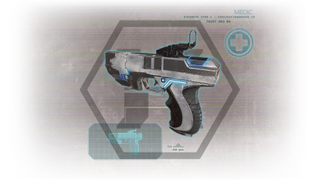
Everybody do the Medic. The more teammates who can heal at range, the better. The HMTech-101 (above) is $200 in the current build, making it a cheap way to give everyone the healing dart ability. Non-Medics won’t get the passive bonuses for administering healing, but every little bit helps. Pick it up as a late-game buy if you have inventory capacity to spare.
Be patient during the boss fight. The suggested strategies for tackling Hans Volter differ a bit based on map, and I’d expect them to shift more as KF2 continues to get patched. But my general rule is this: don’t get greedy. When Hans has his back to you, it’s really tempting to get in close and unload everything you’ve got, but you can’t fight at the expense of endangering yourself.
Hans’ grenades (gas and HE) are his most painful abilities because they trigger quite quickly and have a pretty generous area of effect. Get your damage in and get to safety. Staying alive is the best thing you can do for your team.

Evan's a hardcore FPS enthusiast who joined PC Gamer in 2008. After an era spent publishing reviews, news, and cover features, he now oversees editorial operations for PC Gamer worldwide, including setting policy, training, and editing stories written by the wider team. His most-played FPSes are CS:GO, Team Fortress 2, Team Fortress Classic, Rainbow Six Siege, and Arma 2. His first multiplayer FPS was Quake 2, played on serial LAN in his uncle's basement, the ideal conditions for instilling a lifelong fondness for fragging. Evan also leads production of the PC Gaming Show, the annual E3 showcase event dedicated to PC gaming.
Most Popular





